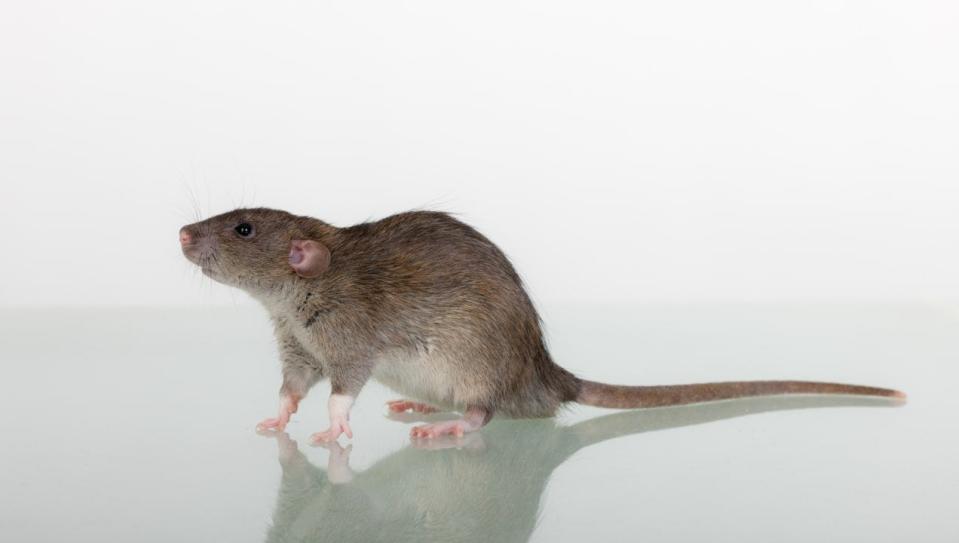Do not give a mouse a cookie or anything else. Instead practice good pest management
Good pest management starts at home, sometimes right under our noses. A friend’s mother had the dubious reputation of being able to smell a mouse in the house before she saw it; I, unfortunately, do not, until it’s too late.
Recently, I discovered mouse droppings in our pantry where a mouse had managed to climb up an 18-inch plastic container to find its way into a two-inch air hole, rappelled its way down into the motherlode of dried bean bags and chose the heirloom Pigeon Peas to pass the night nibbling away on.
“Eeeek!” What a mess! My husband quickly pointed out that one mouse probably means more, and that I should check the basement. Sure enough, my seed stash had been found, and now I could smell a mouse. So clean up in order, this became a perfect topic for this week’s San Joaquin Master Gardener column.
Since Central Valley cities have been required by the State Water Board’s Basin Plan Amendment for the Control of Pyrethroid Pesticide Discharges - Resolution R5-2017-0057, it’s a whole new world when it comes to managing our home and garden pests. Since we must “Protect water quality in the Sacramento and San Joaquin River watersheds,” we must, “Manage pesticide use to prevent harm to aquatic life in
streams and rivers.”

So, even mouse control comes under scrutiny. No more rodenticides are recommended. A handy reference: ourwaterourworld.org/pesticides-and-water-quality
In order to meet mandate requirements, many cities in the San Joaquin Valley have contracted with Our Water Our World (OWOW) to begin outreach efforts to educate people as to the harm that pest controls can have on their local waterways.
The purpose of OWOW is to provide guidance and UC- IPM information to those who sell pesticides, and to the public who buys them. You will see these efforts in stores where garden and pest control supplies are found. Check your local Home Depot, Ace Hardware or local independent nursey for their free OWOW handouts, provided by your local municipality.
Back to mice control. OWOW recommends, based on UC-IPM guidelines, that mice be trapped or electrocuted, not poisoned or glue papered. But trapping alone will not prevent mice from entering your home. Keep them away by sealing ¼” or larger potential entryways to your home. Using stainless steel scouring pads makes a good plug. Keep your property free of material they might use to build nests in, like batting, newspaper, or bedding. Keep woodpiles at least 18 inches from a house and 18 inches off the ground.
Get rid of ivy, or keep it trimmed to prevent mice and rats from nesting. Once they are gone, cleanup carefully. “Wash any surface where rodents have been with soapy water to get rid of food residue, pest saliva, droppings, and urine, and then wipe the surface with a disinfectant containing hydrogen peroxide.
If you have asthma, you should wear a dust mask.” Learn more from OWOW:
ourwaterourworld.org/rats-and-mice. Identify your mouse. For those who like to delve deeper, consider the UC-IPM website handout:
ipm.ucanr.edu/PMG/PESTNOTES/pn7483.html “The house mouse, Mus musculus, is one of the most troublesome and costly rodents in the United States. In addition, they cause considerable damage to structures and property, and they can transmit pathogens that cause diseases such as salmonellosis, a form of food poisoning.”
Do you have a gardening related question? Contact the San Joaquin UC Master Gardeners at 209-953- 6112. More information can also be found on our website ucanr.edu/sjmg.
This article originally appeared on The Record: How to keep mice out of your home

